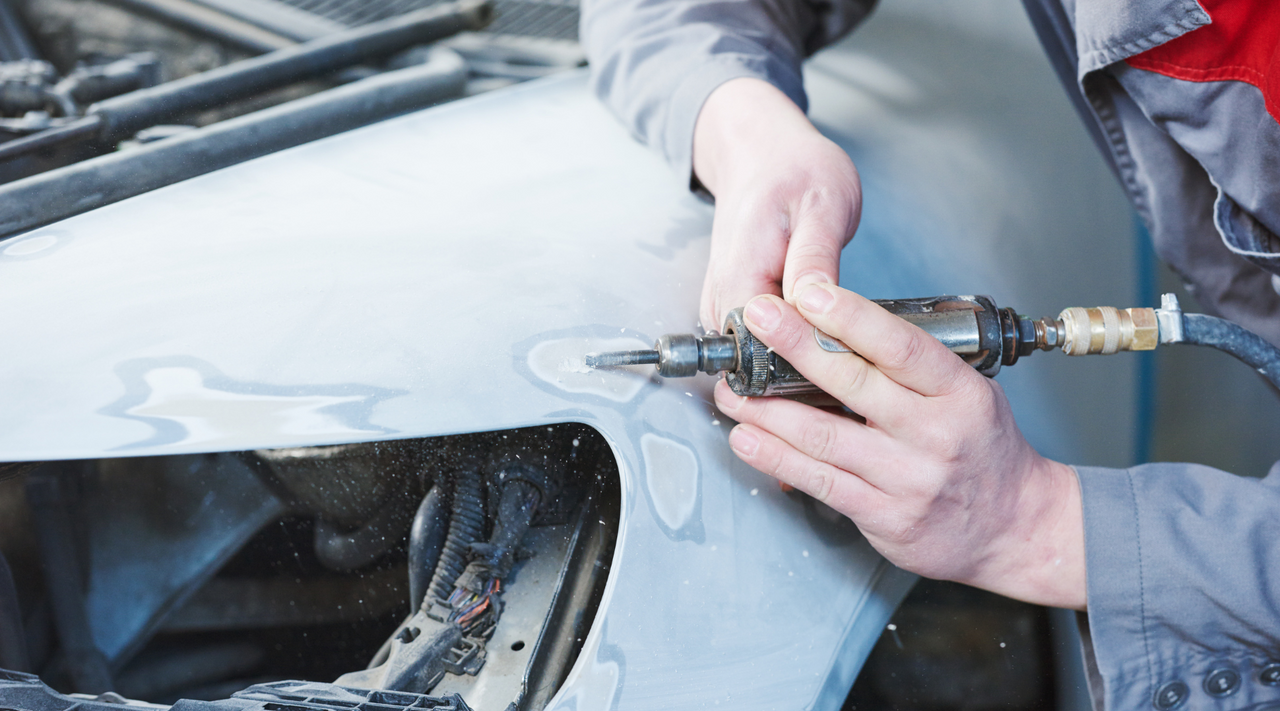Hey there, DIY enthusiasts and restoration rebels! Ever faced a classic car that looked more like a battle-worn warrior than a sleek roadster? Well, I've been there with my 1968 Mustang notchback coupe. Spoiler alert: it was more rust than robust! 😅
Bondo or Epoxy? The Great Debate
We've all heard of Bondo, right? Great for small dings, not so great for keeping our cars from falling apart. 🤷♂️ My Mustang learned that the hard way. Enter stage right: Epoxy Resin, the unsung hero for flexible, strong, and long-lasting repairs.
Levels to This Game: Choosing Your Body Filler
Got minor dents or the apocalypse on your fenders? There’s a filler for that! Standard for the small stuff, medium when it’s serious, and premium for that top-tier, ‘like-new’ finish.
Materials Matter: What To Use When
On the materials side, as auto bodies have become lighter and thinner over the past several decades, Vance Crethle says, “body filler has become essential to nearly every collision or dent repair job,” in a column ‘Pros And Cons Of Premium, Short Strand, And Long Strand Body Filler.’ Here are the advantages and disadvantages of the three primary types of filler:
- Premium Filler – this material made with resin & powder offering the advantage of easy sanding for minor repairs, since this filler uses powder as its' adhesive - it won't flex as much as the others but can only be applied in thin layers.
- Short-strand Fiberglass - consisting of resin and fiberglass strands, this filler is more 'dense and durable' than premium as well as more adhesive - and is often used as a sub-layer to be covered with premium cosmetically.
- Long-strand Filler - used for significant damage repair and for piercings such as cracks, holes and tears in an auto body surface - doesn't provide the adhesion of short-strand filler - but gives more material flexibility for larger repairs
Epoxy To The Rescue
Cracked bumpers? Fractured fenders? Epoxy is your go-to. Clean, apply, and voilà! You're on your way to restoration glory. And let's not forget about those cracked steering wheels - epoxy has you covered.
In the world of DIY auto body repair, epoxy isn't just a choice, it's a must-have. So grab your resin, roll up those sleeves, and let's make those cars look EPIC!


